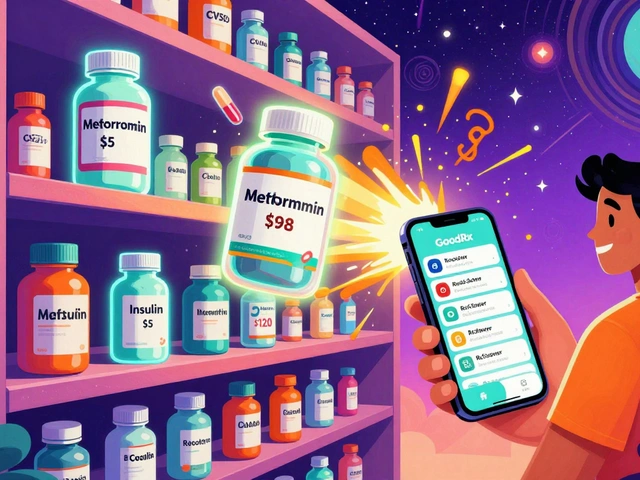Women's Health: A Complete Overview
When exploring Women's Health, the medical and wellness needs specific to people assigned female at birth, covering everything from reproductive care to chronic disease management. Also known as female health, it serves as a hub for several critical sub‑areas. Key areas include Hormonal Contraception, methods that use synthetic hormones to prevent pregnancy, regulate cycles, and treat conditions like acne or endometriosis, Bone Health, the maintenance of bone density and strength, especially important during menopause when estrogen levels fall, Mental Health, the emotional and psychological well‑being that can be influenced by hormonal changes, stress, and lifestyle factors, and Sexual Health, the aspect of health that covers desire, function, and safe practices across a woman's lifespan. Understanding how these pieces fit together helps you make informed choices and spot early warning signs. Women's Health isn’t a single topic; it’s a network of interrelated conditions and choices.
Why Hormonal Contraception Matters Beyond Birth Control
Hormonal contraception is often seen only as a pregnancy‑prevention tool, but it also shapes other health outcomes. For many users, combined pills lower the risk of ovarian cysts and can improve acne, while progestin‑only options help those who can’t take estrogen. However, the same hormones can influence mood, potentially triggering anxiety or depression in vulnerable individuals. That link creates a direct semantic triple: Hormonal Contraception affects Mental Health. Women who start or stop a hormonal method should monitor mood changes and discuss them with a provider. The choice of method also impacts bone health; estrogen‑containing pills can protect bone density, especially for younger women with low calcium intake. Recognizing these cross‑effects lets you balance benefits and risks without feeling forced into a one‑size‑fits‑all solution.
Bone health is a silent driver of overall wellness, yet many women only think about it after a fracture. Estrogen helps keep bone remodeling in check, so the drop during perimenopause accelerates loss. Calcium‑rich foods, vitamin D, weight‑bearing exercise, and, when appropriate, prescription bisphosphonates can slow the process. Women on certain hormonal contraceptives may experience a modest boost in bone mineral density, while others—particularly long‑term users of depot medroxyprogesterone—might need extra monitoring. This creates another semantic triple: Bone Health requires regular monitoring during Hormonal Contraception use. Pairing a bone‑friendly lifestyle with smart contraceptive choices creates a proactive approach that reduces future fracture risk.
Sexual health ties the whole picture together. Open communication about desire, pain, or changes after starting a contraceptive can reveal early signs of hormonal imbalance or mental distress. Routine pelvic exams, STI screenings, and discussions about lubricants or pelvic floor therapy ensure that sexual function stays part of the health equation. When mental health challenges arise, they often echo in sexual satisfaction, forming the triple: Mental Health influences Sexual Health. By treating each domain—hormonal, skeletal, psychological, and sexual—as interconnected, you build a resilient health plan that adap‑ts to each life stage. Below you’ll find a curated collection of articles that dive deeper into specific drugs, lifestyle tips, and emerging treatments, giving you actionable insights to take charge of your well‑being.
Why Regular Check-Ups and Ongoing Monitoring are Crucial for Premenstrual Syndrome
Learn why regular check‑ups and ongoing monitoring are vital for managing Premenstrual Syndrome, with practical tips, exam details, and self‑tracking tools.





